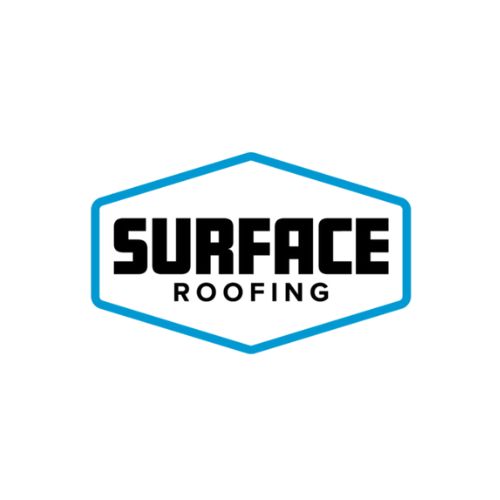When it comes to durability and longevity, metal roofs are top contenders. However, even the sturdiest roofs can face wear and tear over time. In this comprehensive guide, we’ll explore the ins and outs of metal roof repair, covering everything from identifying damage to executing effective repairs. Let’s delve into the world of maintaining and restoring the integrity of your metal roof.
Signs of Metal Roof Damage:
Visible Exterior Signs:
Metal roofs are resilient, but external factors can lead to damage. Keep an eye out for rust and corrosion, damaged or missing panels, and leaks causing water stains on the exterior.
Interior Indicators:
Sometimes, the first signs of roof damage manifest inside your home. Look for water spots on ceilings, mold or mildew growth, and unexpected spikes in energy bills, which may indicate a compromised metal roof.
Safety Precautions Before Starting Repairs:
Proper Use of Safety Gear:
Before ascending your roof, ensure you’re equipped with safety harnesses, helmets, and non-slip footwear. Your safety is paramount, and the right gear can prevent accidents during repairs.
Weather Considerations:
Choose suitable weather conditions for repairs, avoiding adverse situations. Secure ladder placement is crucial, especially when working on elevated surfaces, to prevent slips and falls.
Tools and Materials for Metal Roof Repair:
Essential Tools:
For effective roof repair, gather tools such as screwdrivers, pliers, wrenches, metal roofing nibblers, caulk guns, and sealants. Having the right tools ensures a smooth repair process.
Repair Materials:
Stock up on matching metal panels, protective coatings, sealants, rust converters, and inhibitors. These materials will be instrumental in addressing various types of damage and ensuring lasting repairs.
Identifying and Repairing Leaks:
Locating Leaks:
Tracing water stains, employing hose tests, and identifying elusive leaks are crucial steps in addressing roof leaks effectively.
Repair Techniques:
When it comes to repairing leaks, applying sealant to small leaks, replacing damaged panels, and addressing flashing issues are effective techniques to prevent water ingress.
Fixing Rust and Corrosion Issues:
Surface Rust Removal:
Combat surface rust through wire brushing, sanding, and using rust converters and inhibitors. These techniques help prevent further corrosion.
Addressing Corrosion on Joints and Seams:
Focus on joints and seams prone to corrosion. Replace corroded fasteners and apply protective coatings to extend the life of your metal roof.
Panel Replacement and Maintenance:
Identifying Irreparable Damage:
Recognize irreparable damage, such as bent or severely damaged panels, and understand the benefits of prompt panel replacement.
Maintenance Tips to Prevent Future Damage:
Regular inspections, clearing debris and organic matter, and applying protective coatings are essential maintenance practices to prevent future damage.
Handling Storm Damage and Emergency Repairs:
Assessing Storm Damage:
Understand how to assess storm damage caused by hail, wind, or debris impact. Immediate actions after a storm are crucial to minimizing further damage.
Emergency Repair Techniques:
In emergencies, resort to temporary patching and coordinate with professional services. Documenting damage for insurance claims adds a layer of protection.
Common Mistakes to Avoid in Metal Roof Repair:
Using Incorrect Materials:
Avoid compatibility issues by using the correct materials. Mismatched panel replacements and coatings can lead to further problems down the line.
Ignoring Small Issues:
Timely repairs are vital. Ignoring minor problems may escalate into major issues, potentially compromising the integrity of your entire metal roof.
When to Seek Professional Help:
Complex Structural Damage:
For complex issues like bent or twisted metal frameworks and extensive corrosion across panels, professional expertise is necessary.
Large-Scale Repairs and Replacements:
Balance your DIY efforts with professional help, especially for large-scale repairs and replacements. Certified roofing contractors bring expertise to complex projects.
Conclusion:
In conclusion, metal roof repair is a meticulous process that demands attention to detail and a proactive approach. Regular inspections, prompt repairs, and suitable safety precautions ensure the longevity of your metal roof. Whether you’re addressing leaks, rust, storm damage, or general wear, a well-maintained metal roof contributes to the resilience and aesthetic appeal of your home. Embrace the journey of metal roof repair to safeguard your investment and enjoy a durable and protective roofing system for years to come.
Website: https://surfaceroofing.com/


